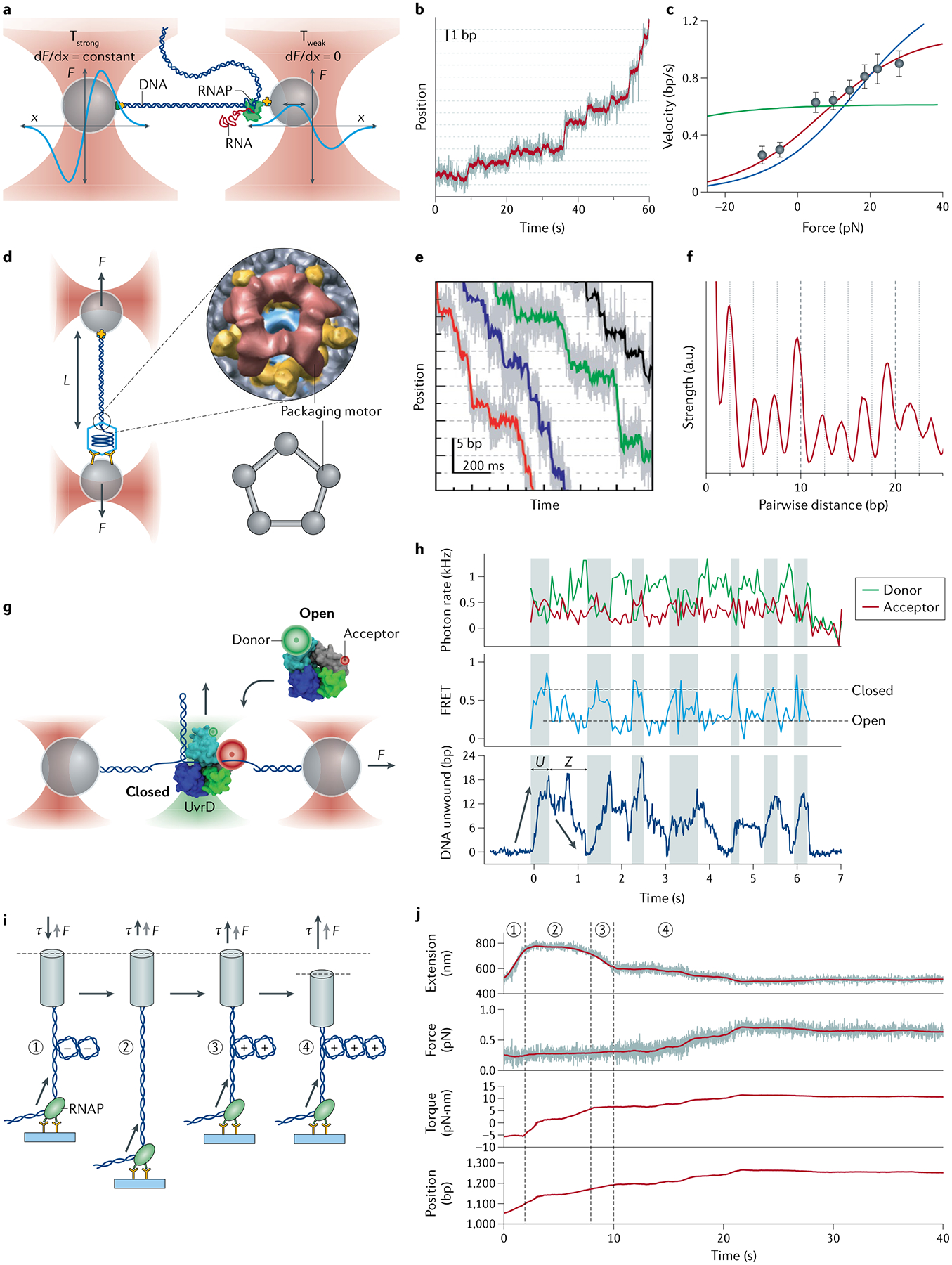Fig. 9 |. Example applications of optical tweezers to study molecular motors.

a | Dual-trap optical tweezers set-up for observing the stepping behaviour of Escherichia coli RNA polymerase (RNAP). Schematic force (F) versus position (x) profiles for both traps are shown in cyan. A passive force clamp is maintained in the weak trap (Tweak) on the right. b | Representative trajectory showing a single RNAP translocating on its DNA template in discrete steps. Dotted lines are spaced at 3.4-Å (1-bp) intervals. c | Force–velocity relationship for RNAP at [NTP]eq = 10 μM GTP, 10 μM UTP, 5 μM ATP and 2.5 μM CTP. Fits to a power stroke model (green), a linear Brownian ratchet model (blue) and a branched Brownian ratchet model (red) are shown39. d | Dual-trap optical tweezers set-up for studying DNA packaging by the bacteriophage φ29 packaging motor, a pentameric ring ATPase. The DNA tether length (L) is monitored as a function of time. e | Representative single-molecule packaging trajectories collected with 250 μM ATP and an external force of ~40 pN. Dotted lines are spaced at 2.5-bp intervals. f | Pairwise distance distribution (PWD) averaged from many packaging trajectories indicates the motor’s step size154. g | Fleezers set-up for studying the conformational dynamics and DNA unwinding behaviour of the E. coli UvrD helicase. h | Simultaneous measurements of donor/acceptor fluorescence, Förster resonance energy transfer (FRET) efficiency and number of DNA base pairs unwound enable direct correlation of the conformational states of UvrD (‘Open’ and ‘Closed’) with the motor’s helicase activity (rezipping ‘Z’ and unwinding ‘U’)72. i | Angular optical tweezers (AOT) set-up for studying the transcriptional dynamics of the E. coli RNAP under torsion. j | Representative data of simultaneous force (F), torque (τ) and extension measurements. Under a low-force clamp, RNAP translocation first neutralizes the preformed (−) plectoneme and then induces the formation of (+) plectoneme. After the force clamp is turned off, RNAP continues to translocate along the DNA template, resulting in an increase in force and the corresponding torque until reaching a stall172. Parts a–c adapted from REF.39, Springer Nature Limited. Parts d–f adapted with permission from REF.73, Elsevier. Parts g and h adapted with permission from REF.72, AAAS. Parts i and j adapted with permission from REF.172, AAAS.
